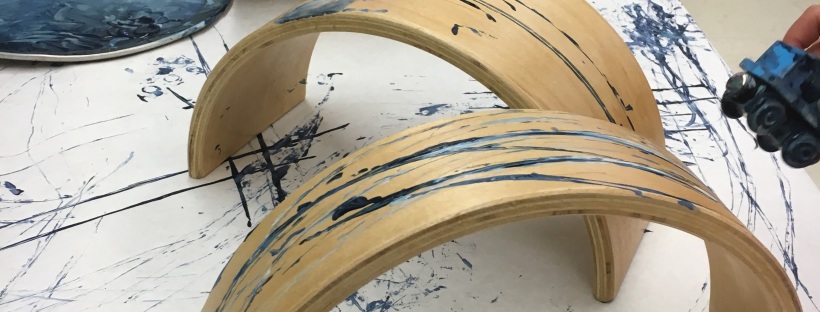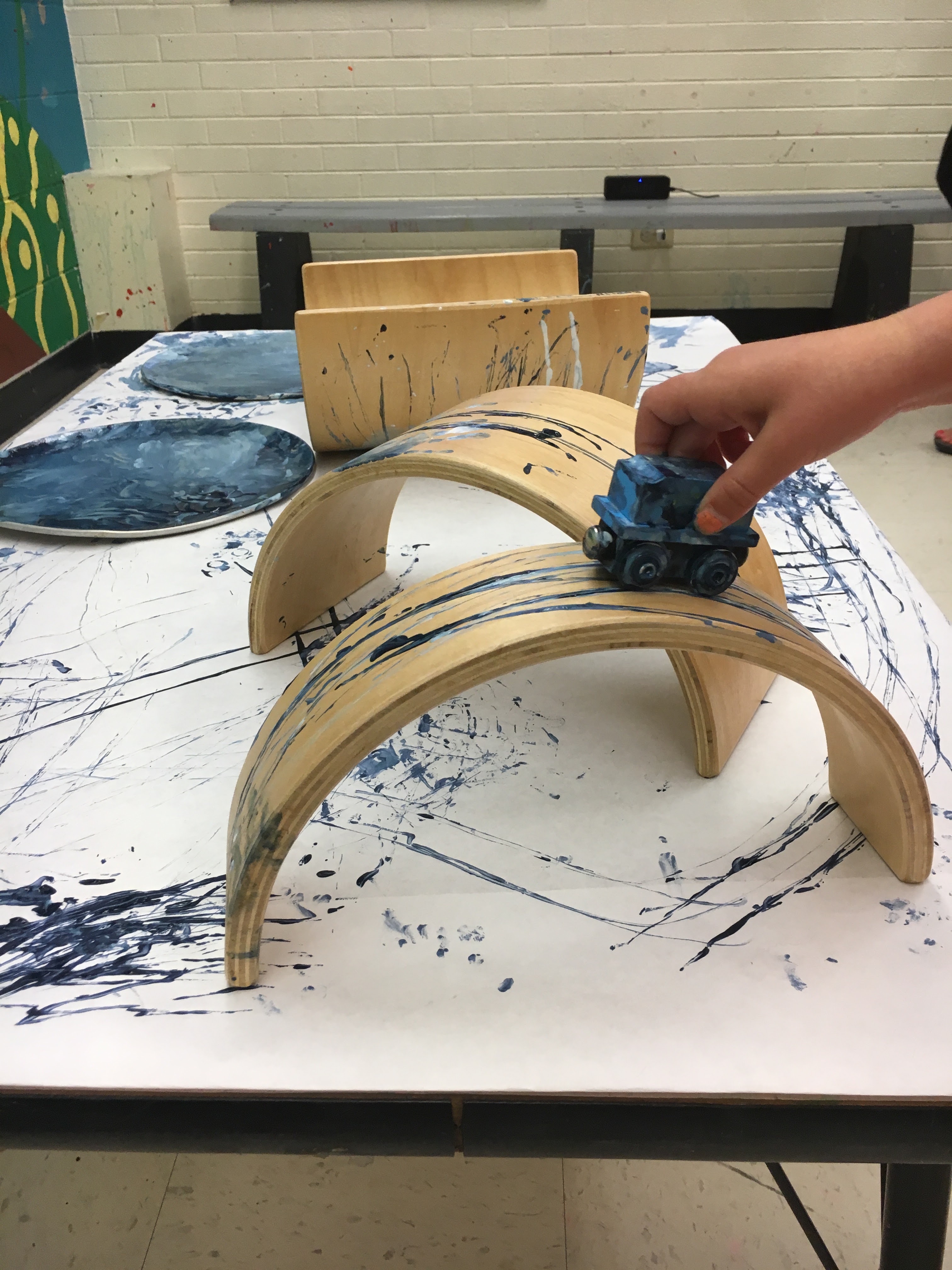Choosing a preschool is stressful. Often this is the first time your child is in someone else’s care or away from you for an extended amount of time. Adding to that stress, in some communities the competition to send your child to the “best” preschool is fierce, motivating parents to put their child on a waitlist the moment the child is born. The decision is not just about the child it is about the parents, too. Preschool is a place for the family to build a community. Parents interact with peers, meet new friends and build a community for their whole family. Just think about how much more willing you are to take your child to an event or activity when you know your friends will be there.
As an educational consultant, I get phone calls and questions from families about where they should send their child. Families are hoping that I will share the inside scoop and give them the “real story” about each school. Sorry to tell you that this article isn’t a TMZ style gossip column about each school’s dramas or successes. Instead, I will share some simple tips to help you choose the right school for your child and family.
I tell everyone I speak with to start with a list; Write down all of the elements you want in a school. List everything. It doesn’t matter how seemingly crazy or far fetched it might be, just list it (see below for some suggestions). Once you have a list, number each element either by a number system from most important to least important, or label each element with “must have”, “nice to have”, or “not crucial”.
Once you have created and labeled the list, look at all of the must have elements and see if any of the schools you are considering would automatically be cut from your list. If, for example, a kosher school is a must have for you, then remove all non-kosher programs from your list. Take each element and work your way through your list of schools. If you really don’t have any must have parameters, then you can do the same thing with the “nice to have” list and review the schools using that list.
Once you have a list of schools you are considering, call each school and visit. Visit once without your child (so that you can have an uninterrupted experience) and visit once with your child. It is important to see how your child interacts with the staff and surroundings and vice versa. If the school will allow you, the best way to really see how a classroom and teachers operate is to spend at least 20 minutes in the classroom. If you do this, you have to follow certain protocol so you don’t disrupt the classroom. The best way to observe a classroom is to place a chair at the perimeter of the class and sit quietly and “disappear”. Do not interact with the teachers or students, unless a child approaches you. In that case don’t ignore the child, but don’t initiate the interaction. This enables the children and teachers to interact as usual and is minimally disruptive to the classroom.
Many directors won’t allow families to observe for an extended period of time because it can be disruptive to the classroom community. If this is the case, respect the director and the school’s policy and don’t demand or push your agenda.
Once you have chosen your school be happy with your decision and don’t second guess. Each child and each family is different. What works for your friends or even your first child might not work for you or your other child. Take a deep breath, relax and if it doesn’t work out, homeschooling at their grandparents’ house is always an option. Just kidding mom and dad.
Here are a few examples of items for your list:
- Proximity to your home or work
- Religious affiliation
- Classroom size (number of students per class)
- Size of school (how many total children)
- Student teacher ratio
- Allergy Sensitive school
- Provide lunch
- Provide snack
- Educational philosophy of school (Montessori, Reggio Emilia, Constructivist, Emergent, Play)
- Tuition
- Hours of school
- Whether they offer enrichment programming and classes such as music, yoga, art specific teachers, science, cooking etc as part of the daily schedule
- Outdoor classrooms and outdoor space
- Flexible schedules
- Family engagement programming
- Potty training
- Staff education and professional development opportunities
- Staff turnover rate
- Year-round options












You must be logged in to post a comment.